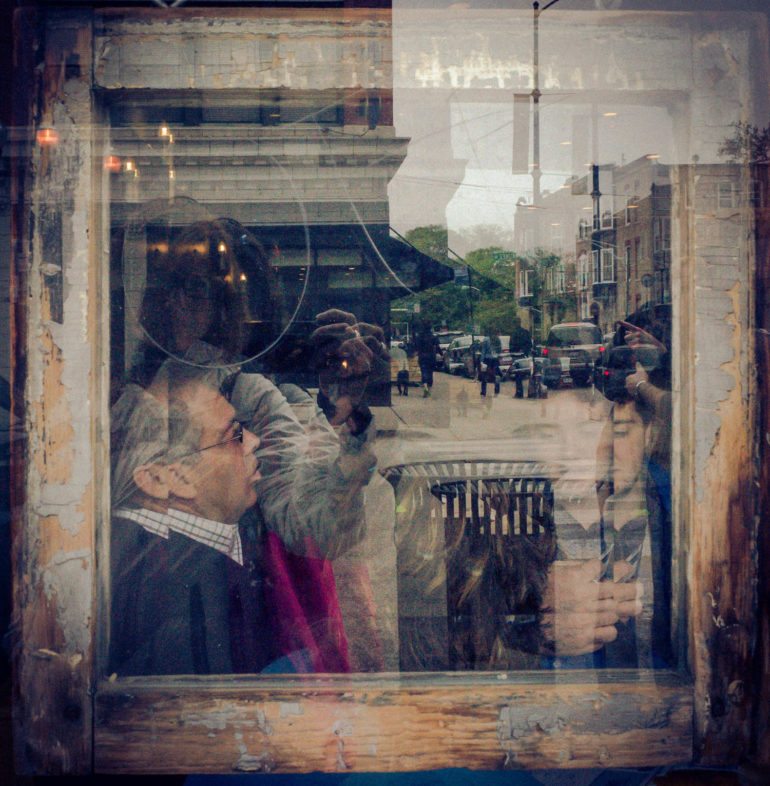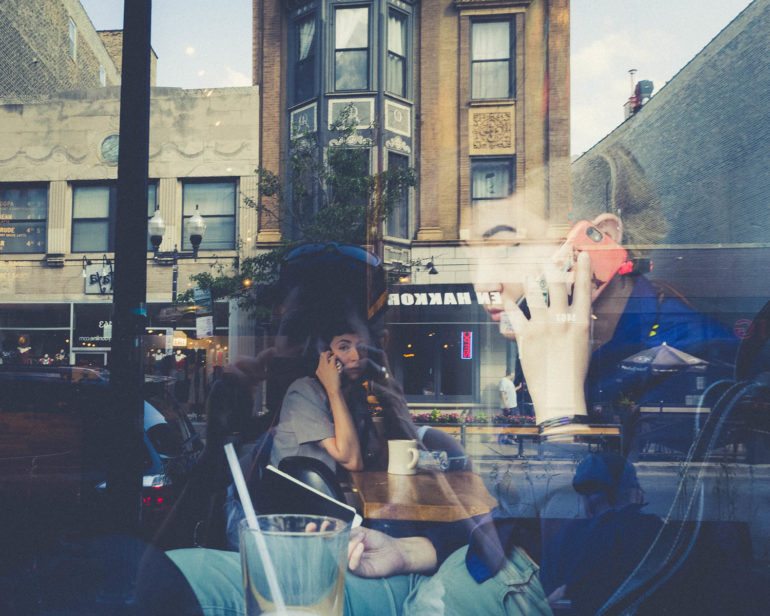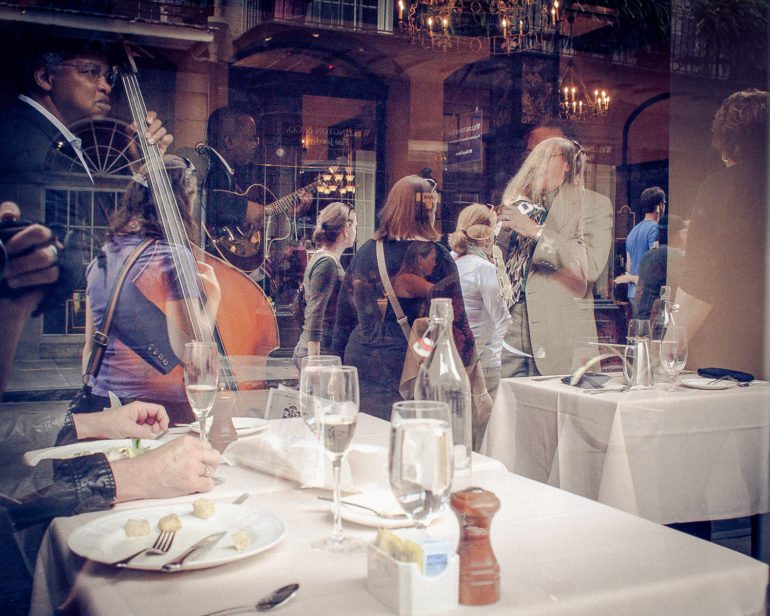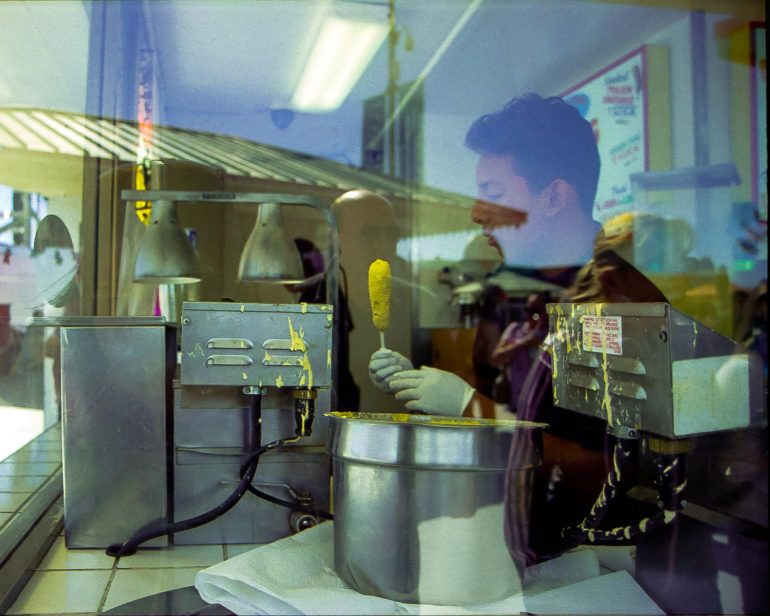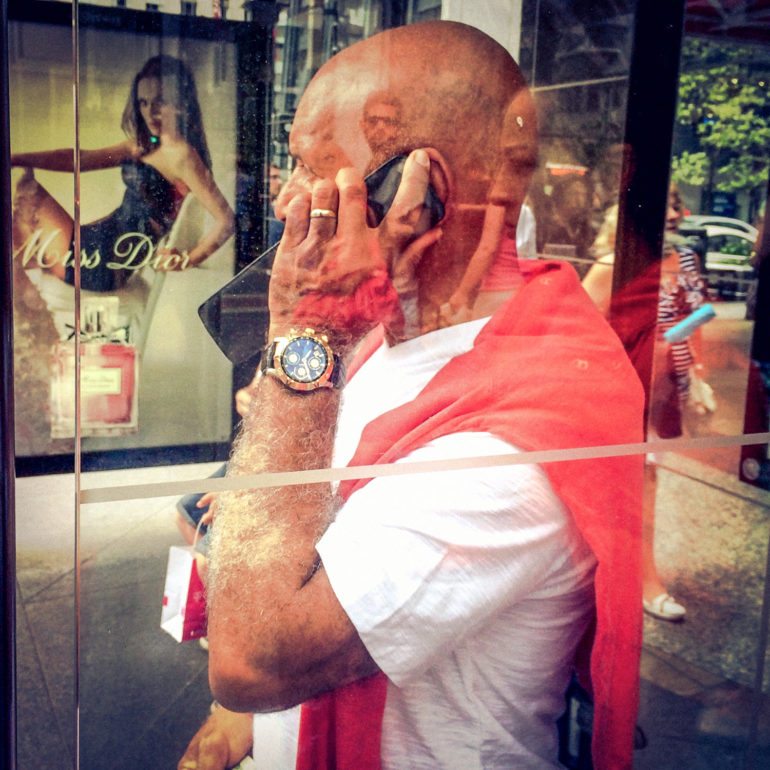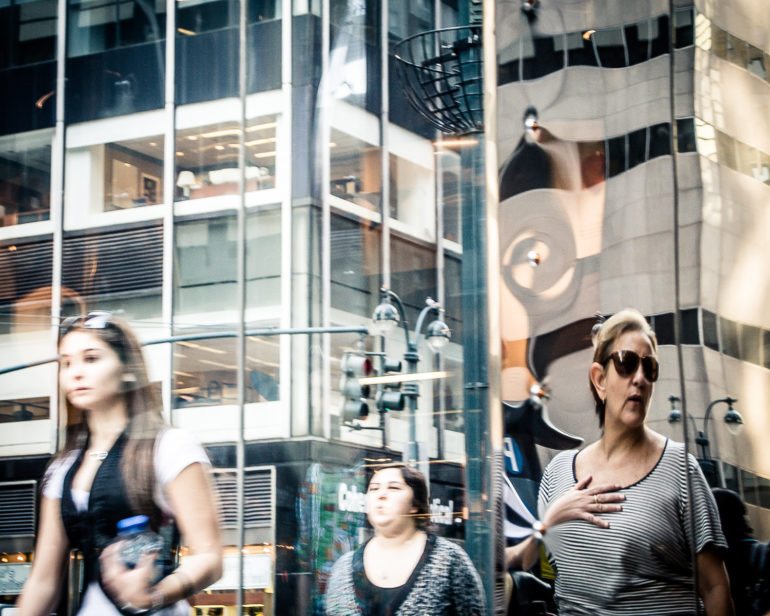Every now and again I’ve been publishing stories from a blog that I personally feel is very important in society right now: it’s called Woman in Photography. Run by Nicole Struppert, this blog looks to showcase some of the best work from women photographers and is looking to expand and feature more photographers overall. This story about Juliette Mansour is being run with permission from Nicole and the images are being republished with the permission of Juliette.
If you believe in equality, I strongly suggest you go over there and check the website out.
Hello Juliette, tell us a little bit about you and how you got into photography?
Hi Nicole! When I was a kid I had a Kodak Instamatic camera that fascinated me. Sometimes I would go through the motions of taking snapshots with it even if the film had run out! Photographic art had been snoozing inside me for most of my life, though. My strengths were in writing and music to start and I focused on foreign languages in college and grad school and my plan was to teach abroad. I had to stay in Atlanta though for family reasons and ended up teaching here.
In 1998, my career took an abrupt left turn when I left teaching and was invited to fill in temporarily for a friend at an advertising company. What started out as a 3 month short-term gig ended up as a career in web design and marketing. That led to graphic work, of course, which stirred up the visual artist in me. I picked up an old Sony Mavica camera and someone told me I had potential.
I began taking classes and shooting all the time. I joined meetups, got into shows, festivals, sporadic online publications and eventually started a group of my own dedicated to street photography.
What fascinates you so much about street photography?
There’s what I love about the genre itself – the viewer who walks into a gallery and sees an exhibit of street photography – and there’s what I love as a photographer who shoots street. For now, I’ll focus on the former rather than the latter.
As the aficionado of the genre, I don’t feel like there’s any other kind of photography that can capture so many elements all at once and accomplish this with such grace. It’s a beautiful balancing act! You have first of all, the candid nature of a good street photo. Look at the classics like Henri Cartier-Bresson and you’ll see how he manages what he coined, ” the decisive moment” – a sort of marker that allows the photographer to freeze emotion, history, and composition all at once. You look at the scene of a great photograph and there’s a story in it that is so unique – either because of its historical significance or because of the location it was shot and what it means to the viewer, etc.
Then you have the emotion that’s behind that shot and that emotion can both speak to that protagonist in the scene and evoke an emotion in the viewer as well. And tying all that together is compositional elements and style of the photo (e.g. black and white or color, etc.), and the photographer’s shooting style.
All elements bring the photograph into balance and give it drama and mystery all from one candid moment . Documentary photography can accomplish this same feat but street photography is not war-torn or newsworthy necessarily. Street photography is just the unrestrained, artistic exhibition of how people are living daily life and to me, being able to capture this eloquently makes it fascinating.
You submitted your project “Reflections”. How did the idea came up to this project?
One cold day in January I was out shooting with my street photography group (and cold in Atlanta is probably like springtime to some northerners)! I usually shoot both digital and film but that day I was just using a medium format Yashica TLR camera. There weren’t that many people out and it seemed like it was time to turn around and go home.
Out of nowhere, I caught a glimpse of my reflection in a store window. I chuckled to myself because I rarely saw myself with so much winter garb on – a big hat, thick gloves, heavy coat and scarf, etc. I looked so funny to myself, so in an unintended Vivian Maier sort of self portrait, I took a photo of myself. Then I tried to walk up and down the street looking for others inside the buildings rather than outside. On that day, I think I took about 10 shots of people’s reflections.
When I developed the roll later, what I saw was an interesting blend of black and white shadows, highlights and images that often crossed each other or overlapped in interesting ways. The way this enhanced the story was interesting to me. That was in 2010 and I’ve been building on these images ever since.
Many street photographers are looking for reflection in their images. Can you describe what you’re looking for in your composition?
Right, I did notice in the last few years that a lot of others are shooting reflections as well. When I compose, I’m waiting for a moment in which all elements converge in a way that adds a another layer or special element to the story. For example, I posted some 35mm images recently and added them to my reflections portfolio online. The scene was just a young guy making corn dogs behind a window at the Santa Cruz boardwalk. This would seem like a pretty boring event until you stood there and noticed how many others were watching as well and how their reflections interacted with his movements. There is one image in the series of three in which a bystander’s mouth aligned perfectly with the top of the corn dog from the other side of the glass! That was enough for me to create an interesting moment. In other singular images, sometimes what inspires me is just a mood or the lighting that conveys something interesting to me.
What do you find is the hardest challenge when taking pictures?
Lighting, timing and composition are the most important elements to me and sometimes trying to wait for that magic moment when all three cooperate is not easy.
How important is traveling for you as a photographer?
Atlanta historically has not lent itself easily to classic street photography. This is rapidly changing but people here still love their cars and finding candid street scenes can be challenging, so often my group and I have to use events as the backdrop for candid street scenes. Travelling allows me to get outside that restriction and experience an abundance of active street life without having to hunt for it. For example, you could stand on a street corner in New York or Chicago, never really go beyond one block and get dozens of decent shots in a half an hour! In Atlanta, you struggle a bit to find that. Also, travelling to places where you can find amazing beauty AND interesting street scenes is a bonus – and then I’m in heaven!!
International travel is especially interesting to me because of my origins. I’m first generation American and have been to both my parents’ countries but have spent most of my childhood travelling to Colombia, South America. Recently, my work from there was shown in a local exhibit during Atlanta Celebrates Photography .
You founded the Atlanta Street Photography Group. Tell us a little bit about it.
In 2008, I ran across the story of Vivian Maier on John Maloof’s website, which at the time was beginning to be known in the photography community. There were several photographers on Flickr from all over the world who were enamored with her work and decided to hold a global Vivian Maier day, inviting us to gather other photographers in our city and go out and shoot Vivian Maier style. I volunteered to do it and got a small number of people together and we posted our shots on Flickr. I loved it so much that I decided to start this group as a general street photography group. We moved from Flickr to Facebook around 2011 and now we’re a small, private group dedicated to classic street photography. We learn so much from each other, we share challenges and successes and we get together on a very laid back basis to shoot when we can.
If you had the chance to go on a photowalk with a famous street photographer. Who would it be and why?
Believe it or not, it wouldn’t be Vivian or Henri. I think their work is pure genius but I’d prefer to hang out with Joel Meyerowitz because he is an expert who has managed to keep true to this genre in the present day, he embraces the use of color (which I always have) AND he is not an egomaniac! He is passionate about this work and presents it in a way that is fluid, makes sense. He feels like a soul brother! I know I would learn a great deal from him.
You can find more about the work of Juliette on her website: https://www.juliettemansour.com



